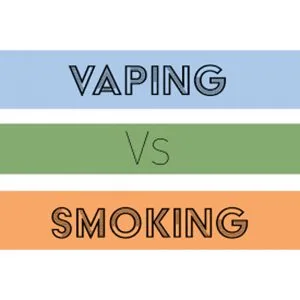International Study Debunks Vaping-to-Smoking Myth
An international study completed by Queen Mary University in London discovered that vaping does not lead to smoking cigarettes. There have been many myths abound about the link between vaping and smoking. It has been a long-standing belief that vaping could act as a gateway to traditional cigarette smoking. Researchers discovered that there is no … Read more






